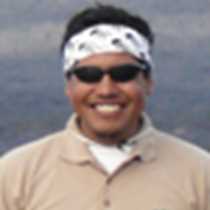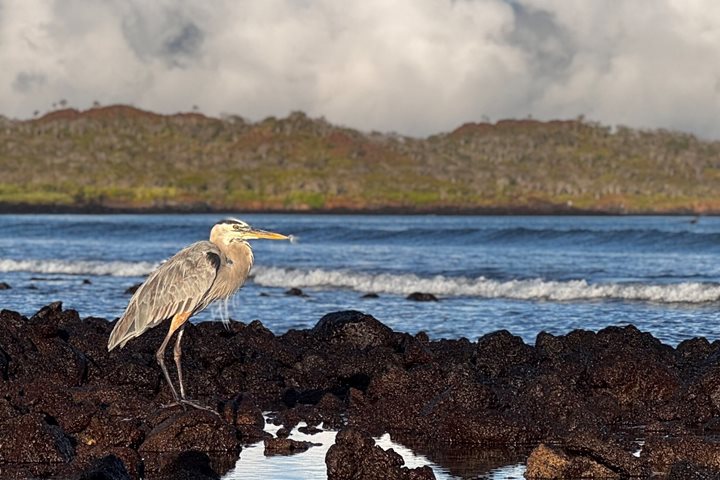Located at the southern region of Galapagos, Española is considered to be one of the oldest islands of the archipelago, with no active volcanoes, but lots of exuberant fauna.
In the morning, the weather conditions were excellent for deep water snorkeling. Our guests had the opportunity to discover the incredible marine life during our snorkeling excursion, observing many different species of colorful fish and playful sea lions, as well as many colorful invertebrates among the rocks, such as sponges, barnacles and Sally Lightfoot crabs. It was a delightful outing.
After the first round of morning activities, we headed to the white beach of Gardner Bay. It was interesting to observe the tameness of the sea lions and their interaction with our guests, who enjoyed taking pictures of them, while Hood mockingbirds flitted around on the sand. The scenery was a mosaic of different elements: the deep blue sea, the white sandy beach, and the brilliant blue sky made it a wonderful photo opportunity.
It was noon when we pulled anchor and started sailing to Punta Suarez, on the western side of the island. We landed on lava rocks in order to head inland to look for more wildlife. It was not very sunny, but that wasn’t an impediment to our mission—to hike up to the nesting places of Nazca and blue-footed boobies. The presence of colorful marine iguanas on the dark lava rocks was awe-inspiring sight.
Once we reached the farthest point of the trail, we were surrounded by the majestic waved albatross, nesting all over the place, and some couples were even displaying courtship behaviors. Galapagos Hawks, swallow-tailed gulls, small ground finches, and Galapagos doves decorated the foliage of this beautiful visitor’s site. As the sun disappeared at the horizon, it was time for us to return to the National Geographic Endeavour , for more awaits us as our journey continues tomorrow.







